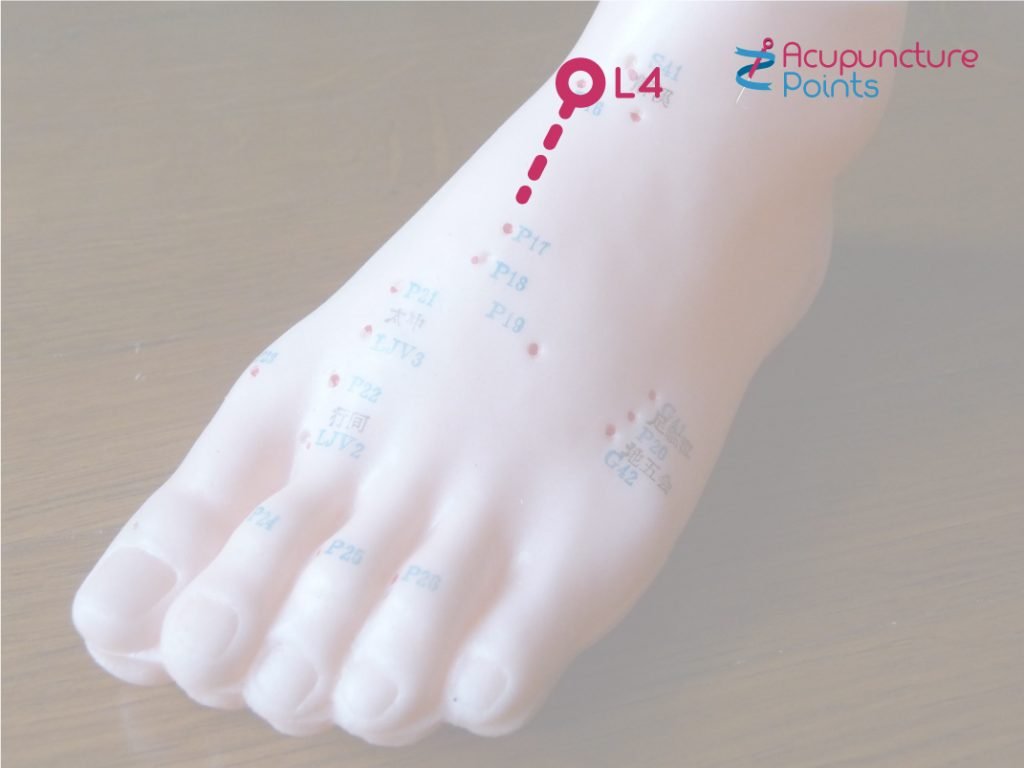Subscribe to the Newsletter
If you are interested in understanding how Traditional Chinese Medicine can improve your life sign up to my newsletter for the latest updates.

Oketsu is a term used in Japanese acupuncture.
Kiiko Matsumoto and David Euler’s Clinical Strategies Vol 1, pp40-43 describes it much more fully than here. This page is not intended to be a comprehensive account of it.
Since I often use the treatment for it and describe it to patients, some have asked for a page on it here.
It has a relationship to Blood Stasis in Chinese medicine. To my mind, Blood stasis is a more extreme form, whereas Oketsu covers an earlier stage as Blood starts to congeal or flow more slowly. However, in cases of Blood stagnation I use the treatment for Oketsu first before using strategies from Chinese medicine.
Oketsu is a Liver syndrome. The Liver stores Blood and releases it during exercise and for digestion and so on. Oketsu shows the Liver isn’t functioning as it should. Not surprisingly, indications for Oketsu occur in important areas associated with the Wood phase and Liver energy.
If you cannot get Western medical concepts out of your head, try to think of Oketsu perhaps as an early stage of portal vein congestion. Everything then backs up, both in the abdomen (right as well as left, including right hypochondrium), but eventually in the chest too. Looked at from this point of view, imagine if you could clear this! How many other possible conditions would improve: indeed, they might never occur!
Blood is the mother of Qi. Acupuncture uses Qi, so if Blood cannot flow and perform its ‘mothering’ function, Qi will be harder to treat.
Hence it is one of the first actions in Matsumoto acupuncture strategy to release or dis-inhibit Blood from flowing slowly, which means treating Oketsu.
Because Hara diagnosis is so important in Japanese medicine (although it is also important in Chinese medicine), it is imperative, for any kind of healing, to ensure the Hara is free from Oketsu. (To understand more about the Japanese concept of the Hara, I recommend ‘Hara Diagnosis : Reflections on the Sea, by Matsumoto and Birch.)
Below are examples of symptoms associated with Oketsu.
Please note! You don’t need all of them to be diagnosed with Oketsu! In its early stages you might notice NO such symptoms, or only one or two, mildly.
Although these are mental or emotional states, it is a ‘given’ in this health-view that they can cause physical states because they obstruct the free flow of Qi, not least round the five elements or five phases.
It works the other way round too. Physical blocks, say in the flow of qi along the acupuncture channels, can lead to mental or emotional symptoms arising from the zang fu organs associated with those channels.
Specific areas on the body help to diagnose Oketsu.
Finger pressure at these areas reveals either lumpiness or pain or discomfort which eases on treatment, along often with similar signs elsewhere that do not relate to Oketsu.
Sometimes treatment for Oketsu seems to make huge changes. If you don’t perform the Oketsu treatment, other conditions may not improve until you do perform treatment for Oketsu.
If only we needed just one treatment for Oketsu! But usually, except in young healthy people without much prior disease, I need to do Oketsu almost every time I see a patient, or at least until the patient’s health has much improved.
Three main points and a host of subsidiary strategies treat Oketsu.

(Note: a treatment point’s location may be slightly different from the point described in the literature. If so, use the point that works!)
First, palpate then release the diagnostic point. Now press the first treatment point to discover where and in what direction it releases or reduces the discomfort or sensation at the diagnostic point. Then needle the treatment point exactly in the direction and to the depth found when testing. Then re-test the diagnostic point.
Sometimes just one treatment point makes a substantial contribution and no more is needed. This contribution evidence comes from testing other diagnostic points, not necessarily associated with Oketsu.
In other words, releasing oketsu reduces other problems.
This supports the statement in Matsumoto and Euler’s Clinical Strategies that “Without the free flow of Qi and Blood, treatments are less effective and the healing process will be hindered.” (P43)

Stay in Touch!
No spam, only notifications about new articles and updates.

Book a Video consultation if you want to know more about your symptoms

Why You get Nervous Stomach Anxiety and How to Handle It. Acupuncture has great ways to help.
Subscribe to the Newsletter
If you are interested in understanding how Traditional Chinese Medicine can improve your life sign up to my newsletter for the latest updates.
Subscribe to the Newsletter
If you are interested in understanding how Traditional Chinese Medicine can improve your life sign up to my newsletter for the latest updates.
2 Responses
Thank you so much for your humour and TCM knowledge! I’ve just bought all your books and I’m enjoying Qi Stagnation book. I’m back on the ACV and have felt the benefit within days.
Have you written anything on (Peri)Menopause at all? And what about a Points book? Great to hear of practitioners experience with points which can sometimes greatly differ from historical texts.
Many thanks again for your contribution. Please keep writing!
Thanks, Cathy, for your praise! I hope the books are useful.
As yet I have no pages specifically on (peri)menopause. It’s on the to-do list, however!
I don’t plan a points book at the moment. Partly this is because over time I’m adding pages on individual points to the site, and partly because there are some great books out there already.
Thanks again!